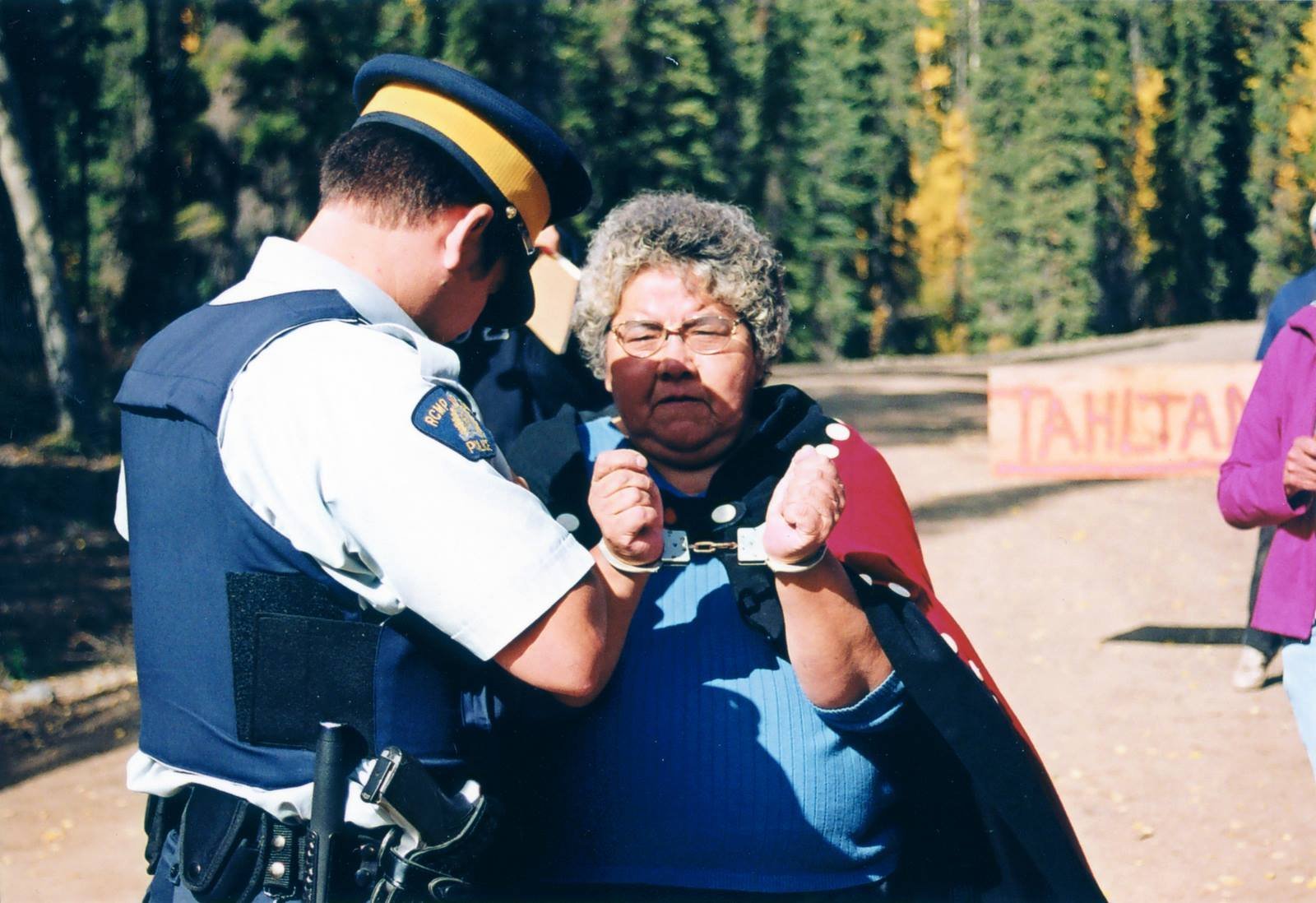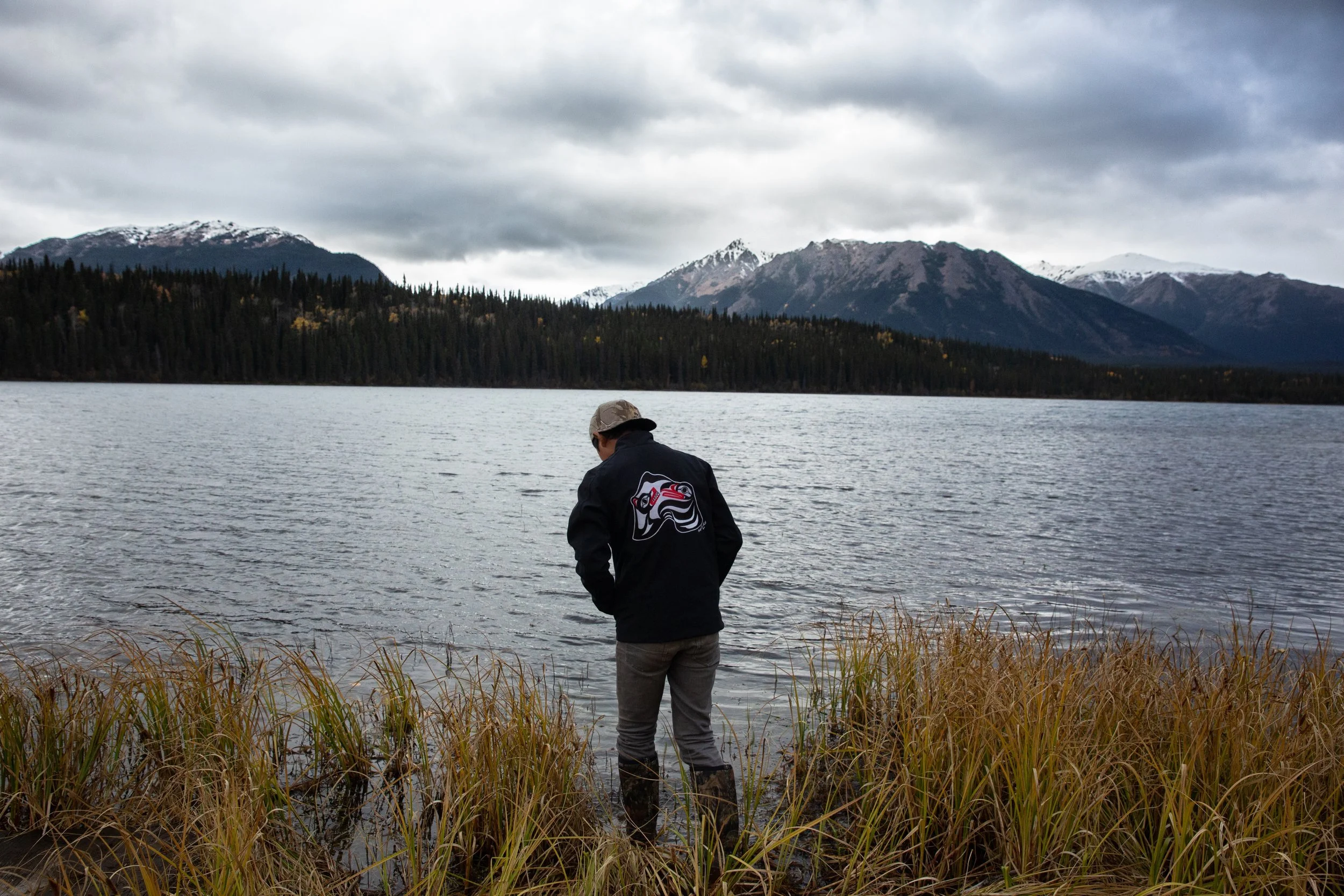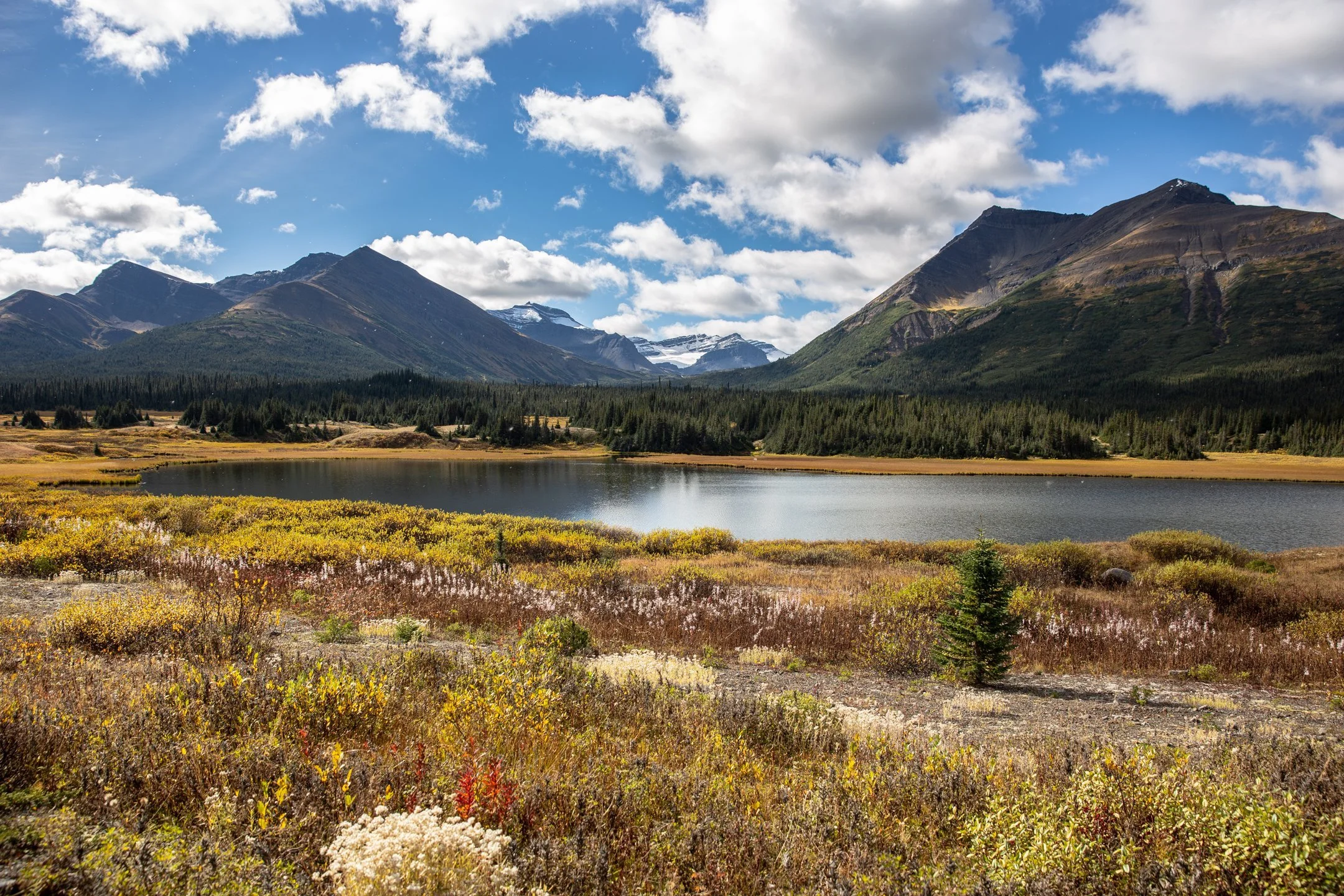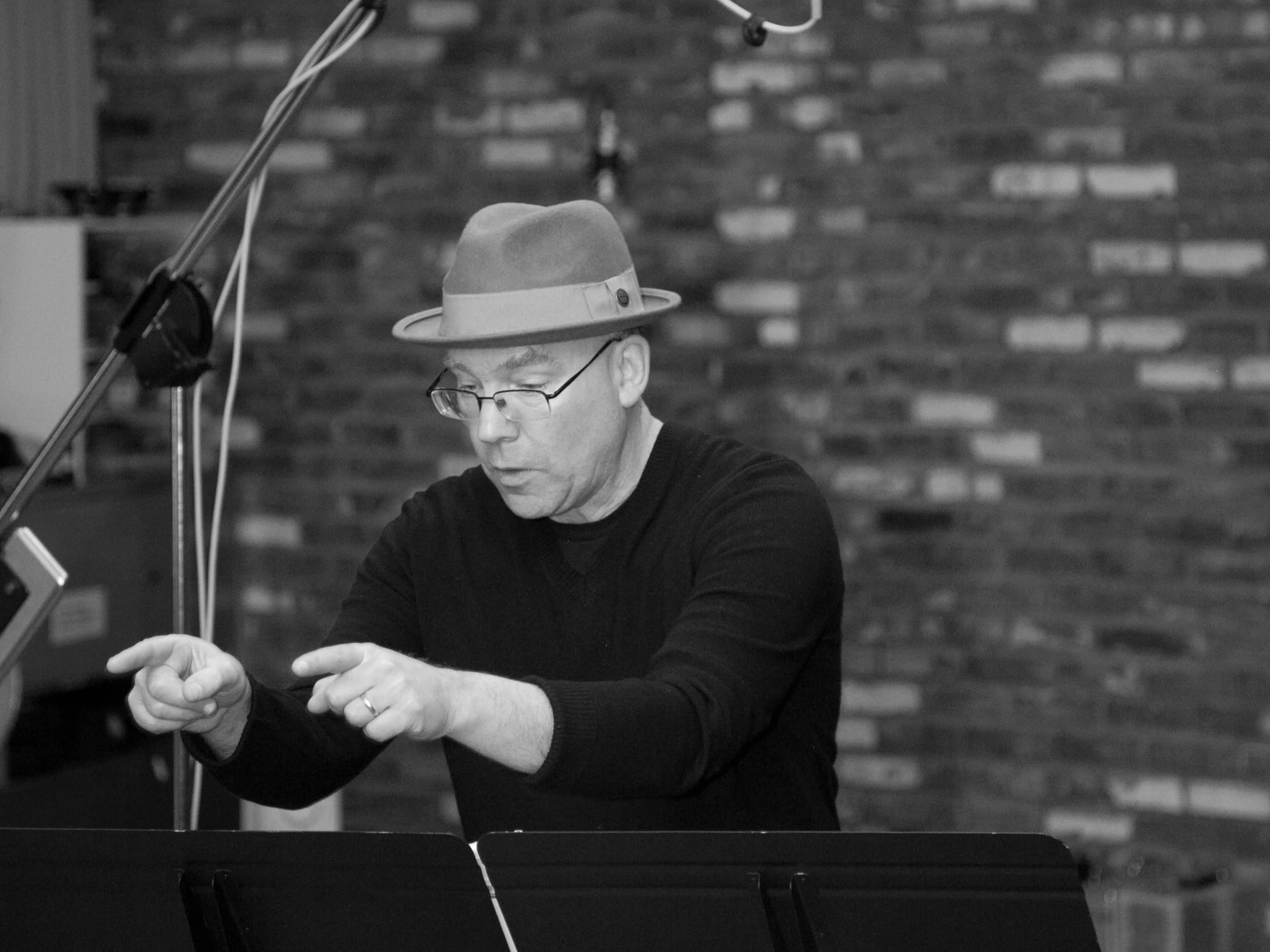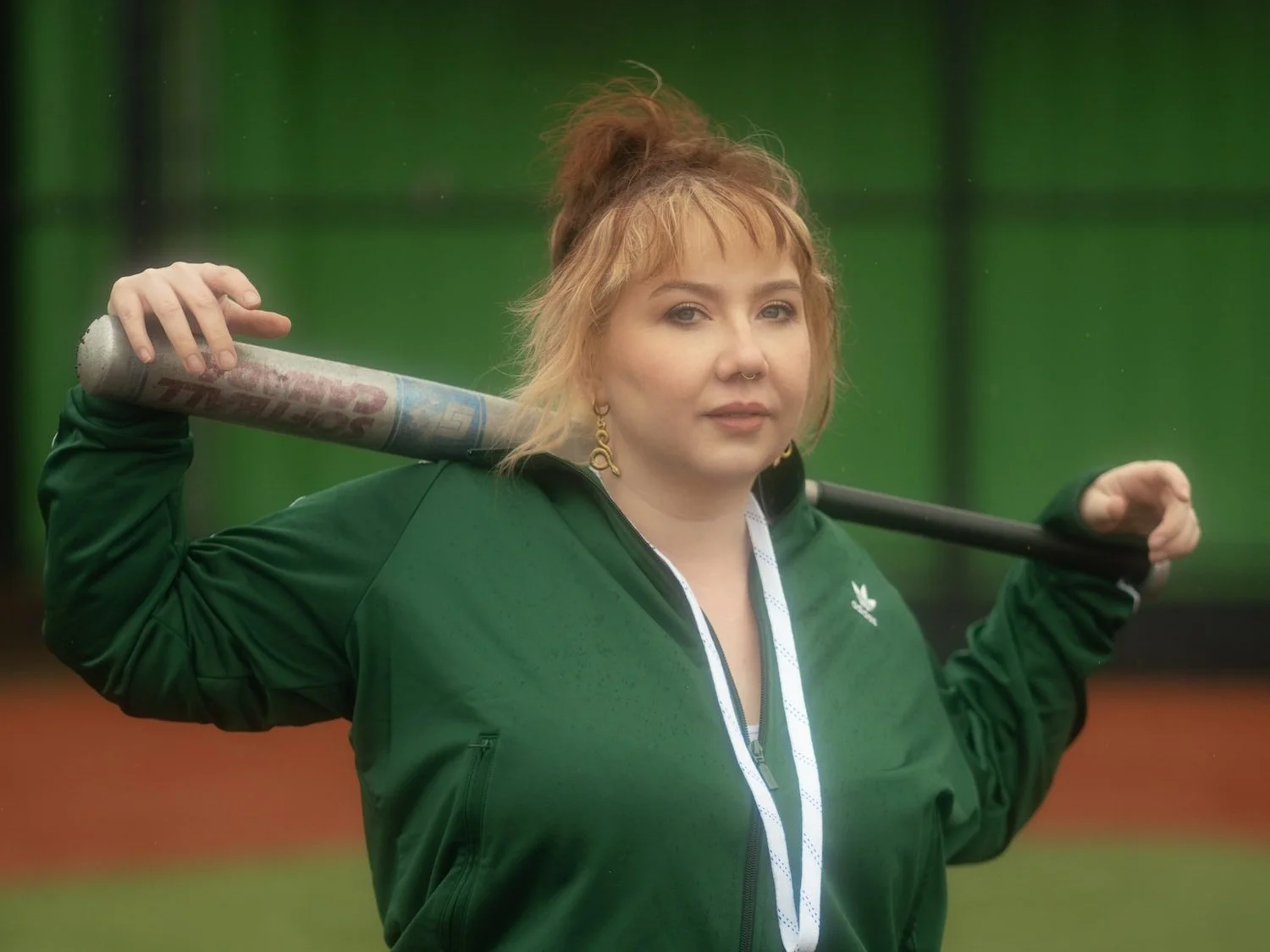Stir Q&A: At VIFF 2022, The Kablona Keepers documents the Tāhltān's battle to protect sacred headwaters from mining
A collaborative project between non-Indigenous filmmakers and Indigenous elders, the film was seven years in the making
The Kablona Keepers.
The Kablona Keepers has its BC premiere on October 3 at 6 pm at the Vancouver Playhouse and on October 5 at 3:15 pm at International Village, with Q&A at both; it also plays October 5 to 9 online via VIFF Connect as part of the Vancouver International Film Festival
FOR THE TAHLTAN, the Kablona Sacred Headwaters of the Stikine, Skeena, and Nass rivers are an integral part of their life and culture. Home to a large population of salmon and wildlife like grizzly bears, moose, and sheep, the land in northern B.C. is where people have gathered since time immemorial, where traditions are taught. For multinational mining companies such as Royal Dutch Shell, the area is a prime source of lucrative resources such as gold, copper, and natural gas.
The Tāhltān have long been fighting to protect the land. Their tireless efforts are captured in The Kablona Keepers, which premiered at the 2022 Human Rights Watch Film Festival and is playing at VIFF 2022. The documentary features intense front-line footage, including stand-offs with police and mining workers, and moving emotional reflections of what this spectacular place means to those who are defending it.
Directed by filmmakers Tamo Campos and Jasper Snow Rosen and produced by Iskut land defender Rhoda Quock, the project is a collaboration between non-Indigenous filmmakers and Indigenous elders. The latter have been given ownership of the film’s intellectual property, with all proceeds going toward youth programming.
Stir connected with Campos (who’s also the founder of Beyond Boarding, an organization dedicated to spreading interest in humanitarian and environmental work within the snowboarding community, and grandson of David Suzuki), Quock, and Carolyn Doody–Tāhltān land defender, teacher, and therapist–to hear more about the making of the film.
With 15 years’ of footage, the film was a huge project that took more than seven years to make. Why was it so important for you to make this film?
Campos: We made this film because we were so inspired by these families standing up for the land against immeasurable odds. It felt like David versus Goliath when you think about an Indigenous small town versus Royal Dutch Shell. We wanted to share this story with the world.
As producer Rhoda Quock shares, “We hope this film will inspire other communities standing up for their land and that there can be light at the end of the tunnel”.
For us as filmmakers, we wanted to make it to honour our relationships to the elders, the next generation growing up in Iskut, and to the land itself. The film was the ultimate labour of love, and in doing so it really became a love letter to a community that now feels like a second home. Over the past seven years, we volunteered our time to make it happen because it was so important for us to not benefit financially from the sacrifices of this Indigenous frontline, especially when knowing so deeply the financial and social sacrifices that were made by families to fight for the Klabona. It was an honour and privilege to share this story and wasn’t ours to benefit from. That’s why we gifted the film to the elders. They own the IP and decide where and what this film will do in this world. It’s exciting, and I can’t wait to see where it goes. It goes without saying, if we’re fighting the extractive paradigm of the way corporations treat the natural world, it’s important as filmmakers to be relational and accountable with our storytelling.
Campos: This work is important to humanize land defenders. We often see blockades on the news as very sensationalized without giving the deeper back story. In essence, this film was about contextualizing and historically situating the Indigenous blockades of the Klabona Keepers, showing the deeper story in hopes that people see and support Indigenous frontlines in a different way after watching.
The real work is the sacrifices of those within the film, the standing on the frontlines that happens across this so-called province. I think about the many frontlines from the Tiny House Warriors to the Unist’ot’en and Gidimt’en fighting pipelines to the Musgamagw Dzawada’enuxw defending their waters from fish farms. They’re all fighting for a more sustainable future and an honouring of their relationships to the next generation, upholding their responsibilities to the land, and defending their sovereignty. It’s inspiring and so important that we support this in the many ways we can. For me, it means using my skills as a filmmaker in making a film like The Klabona Keepers.
Quock: We wanted the film to give hope to those who are fighting the same fight we are. It wasn't easy. I’m gonna be honest, I took a really good beating—emotionally, mentally, and physically because we were fighting tooth and nail to protect the land. The importance of this work is for our livelihood; the land is our lifeline to our people. We gather our traditional food from the land, rivers, and lakes. We need some pristine land to be protected from the fast moving developments. We hope this film will inspire other communities standing up for their land and convey that there can be light at the end of the tunnel. Anything is possible; never give up. If something’s worth fighting for, fight for it. I’m not saying it’s gonna be easy, but in the end it’s all worth it. I don’t know if it’s unheard of, but I’m pretty shocked that we got two companies out of one area. To us, it’s pretty big, and we are grateful to be sharing our story.
The Kablona Keepers.
Would you say there are parallels between the police response to and arrests of land defenders with the forced dislocation and residential-school attendance of the Tāhltān?
Doody: There are parallels in all aspects of colonization. Canada was built on stolen land and has historical roots of being patriarchal and using oppressive practices against Indigenous people in order to silence Indigenous voices and continue the theft and marginalization. Corporations are painted as having their rights infringed upon while they are repeatedly infringing upon the inherent rights of Indigenous people while Indigenous land defenders are painted as villains and criminalized for their efforts to protect land and water for all children. The protection of land and water is for all children from every nationality. Residential schools’ legacy and the ongoing land and water destruction are attacks on children. The protection of land and water is for all children from every nationality. Residential school and land and water destruction are attacks on children.
Campos: I think it’s impossible to separate the two. In researching for the film we found old government documents that showcased the role the Ministry of Mines and Resources played in facilitating and organizing the residential schools up there. It was always about moving people out of the way to extract the resources. It’s the extractive and colonial paradigm that’s at the heart of Canada’s economy. It also is important to note that it was a combination of those groups and wealthy business owners in the area like Tommy Walker who ended up being a big part of creating the Spatzizi Wilderness area. This isn’t solely an environmental film about protecting an area, it's about the constant infringement on people’s lives and the power of standing up to it.
The Kablona Keepers.
In documenting this resistance, what stands out for you in terms of the strength and resilience of the Tāhltān people?
Doody: I have a hard time with the word resilience. It’s like saying ‘Wow, you sure can take a lot of shit without snapping.’ Meanwhile, we are in a perpetual state of compound grief. The ones that are still standing have to keep going; we are strong because our ancestors were strong, and their blood runs through our veins. It’s like we are in a batting cage constantly dealing with the next thing to be thrown our way.
Campos: This film exemplifies the relentlessness of colonial pressure. How it must feel like a Whac-A-Mole gold rush with all these different exploration companies coming in without proper consent. Documenting the bravery and dedication of families standing up for the Klabona area really exemplified the resilience, strength, and the powerful connection people hold up there to place and each other.
The Kablona Keepers.
Has anything changed with the situation since the film was completed?
Quock: In 2019, it was announced by the Tāhltān Government and the federal and provincial governments that the Klappan, aka Sacred Headwaters, would be permanently protected by an Indigenous Protected Conservation Area (IPCA). We need the government to honour this commitment. We are not interested in temporary deferrals or moratoriums. We do not want our children or our grandchildren to have to continue this fight to permanently protect our Sacred Headwaters, birthplace of three of BC’s greatest wild salmon watersheds. We want to leave the legacy of an intact land rather than the legacy of constantly having to fight for its protection. We also would like to see our buffer-zone proposal honoured. We can’t have exploration in our drinking water and that close to our communities and villages.
Campos: Because this film is being creatively distributed at a very grassroots level, we need support in getting the film out. We’ve had screenings at festivals, company offices, non-profits, and neighbouring Indigenous communities. [People can go to the film’s website to request a screening.]
We have a call to action page where people can send a message directly to the community in the film, sign a petition, and donate to the ongoing youth programs in the Sacred Headwaters.
Tamo Campos (left) and Rhoda Quock.



